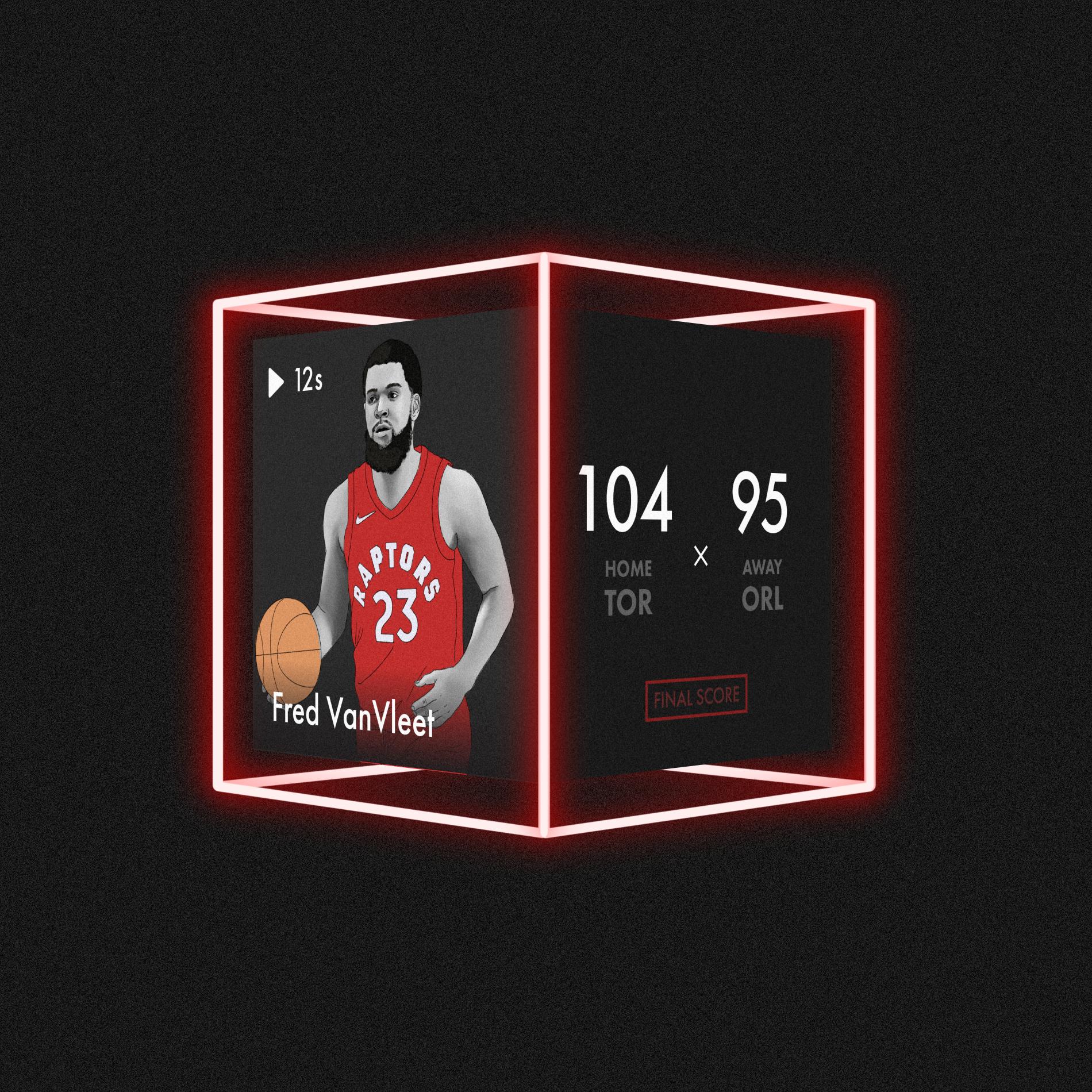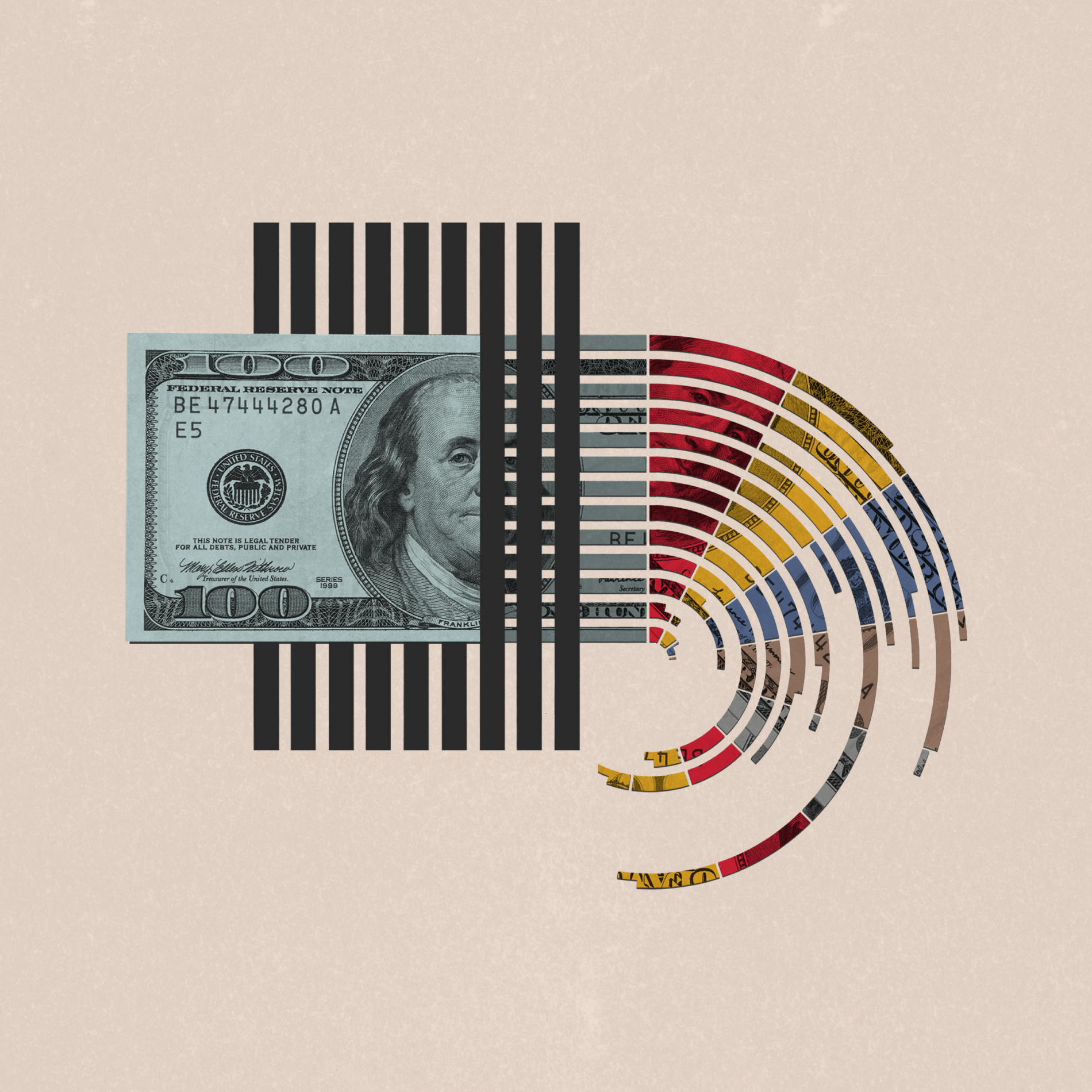Money & the World
How Long is This Bear Market Going to Last?
A recovery explainer for these please-tell-us-a-recovery-is-coming-soon times.
Wealthsimple makes powerful financial tools to help you grow and manage your money. Learn more
Unless you’ve had your fingers in your ears and your eyes pinched shut all year (which, we get it), you know the story: 2022 was not good for the major stock indices. They. Were. Crushed. The biggest culprit? Rate hikes. The markets have made several valiant attempts to recover — most notably this summer, when the S&P climbed 17% and the Nasdaq 100 was up 23%, only to fall to their lowest levels of the year. The end of the year brought rally rumblings, too, and with each one our hearts filled and we wondered: is this the one that will stick? The rally that will lead to a real, honest-to-God recovery? Or is this just another bear-market-rally blip? It’s hard to say! Recoveries — just like Van Gogh’s blue period or the moment it got cool to wear fanny packs again — are usually clear only in retrospect.

Sign up for our weekly non-boring newsletter about money, markets, and more.
By providing your email, you are consenting to receive communications from Wealthsimple Media Inc. Visit our Privacy Policy for more info, or contact us at privacy@wealthsimple.com or 80 Spadina Ave., Toronto, ON.
So even though we can’t tell you exactly when a rally will happen, we can help you understand why they happen — and what to look out for. Here, our Chief Investment Officer Ben Reeves answers some common questions about recoveries in order to help you not be entirely unprepared if this rally is the rally. Or if it’s not.
Recommended for you
First, the basics: what’s a market bottom, and what’s a recovery? Market bottom is a downturn’s lowest point before stocks climb and surpass their pre-fall levels. That’s why, after a big drop, people on Twitter ask, So, have we seen the bottom? Well, as we’ve learned this year, it’s notoriously hard to call the bottom, thanks to bear-market rallies, which occur when stocks rise during a downturn before diving even lower.
How long does a recovery normally take? It really varies. The U.S. stock market took 17 years to recover in real terms from the late-’60s crash. (This is one reason international diversification is so useful: it significantly reduces the chances of long periods of losses.) Since World War II, the S&P 500 has taken a median of two years to recover, but it’s done it in as little as four months. And while we’re talking about things that have happened since WWII, bear markets — when stocks fall 20% or more from their recent highs — have taken an average of about 12 months to hit bottom. Which is encouraging.
"Take the long view and consistently invest in a low-cost diversified portfolio no matter what’s happening in the markets."
What needs to happen to start a recovery? That depends on the downturn. This year’s freefall seems to be a cyclical downturn, meaning the economy overheated, inflation rose, and central banks raised rates in response. Cyclical downturns usually end whenever central banks start cutting rates, which encourages borrowing and fuels growth. That helps to explain why stocks had a few moments of optimism near the end of the year, when the Fed hinted at slowing down before raising rates less aggressively than it had been.
Why doesn’t the Fed just cut rates and get this downturn over with? They can’t, and we’re all very familiar with the reason: inflation. It’s higher than it’s been since the early 1980s, when banks were charging more than 20% on home loans. (Although it did finally start showing signs of slowing down in the U.S. recently, and Canada is showing some signs of doing the same.) Central banks don’t want to let inflation get that bad again — even if it takes a recession to avoid it.
Are there any other signs to look out for? One thing that can lead to a recovery is when everyone who was forced to sell parts of their portfolios — they needed to raise cash to avoid defaulting on a loan or to make their higher mortgage payment, for example — is done selling. We haven’t seen that yet. You also tend to see interest rates stop increasing, economies weaken, and stock market valuations hit lower levels than they currently are in the U.S. and Canada.
Are there parts of the market that tend to rise faster than others once a recovery begins? It’s hard to predict what will come back first. One thing you can do is make sure you are diversified internationally, since we don’t know where in the world the recovery will come from — and since stocks outside of North America now have more attractive valuations than U.S. or Canadian stocks. The other thing to do is classic: diversify your assets. Bonds and commodities can outperform stocks and help with portfolio resilience.
So what should the average investor do? Investing right after a downturn can yield some of your best returns. But trying to time the market is tough sledding. Even pros don’t effectively find the exact bottom. For average investors, one strategy is to take the long view and consistently invest in a low-cost diversified portfolio no matter what’s happening in the markets. That’s because regularly investing exposes you to a bunch of different prices, which reduces the stress of picking the exact right time to invest. Which, like we said, is tough. Whatever you decide to do, keep in mind that you’re absolutely guaranteed to experience bear markets throughout your life, and if history has taught us anything, it’s that it would be a mistake to take your money out of the market for a long time.
Wealthsimple's education team is made up of writers and financial experts dedicated to making the world of finance easy to understand and not-at-all boring to read.
The content on this site is produced by Wealthsimple Media Inc. and is for informational purposes only. The content is not intended to be investment advice or any other kind of professional advice. Before taking any action based on this content you should consult a professional. We do not endorse any third parties referenced on this site. When you invest, your money is at risk and it is possible that you may lose some or all of your investment. Past performance is not a guarantee of future results. Historical returns, hypothetical returns, expected returns and images included in this content are for illustrative purposes only.










